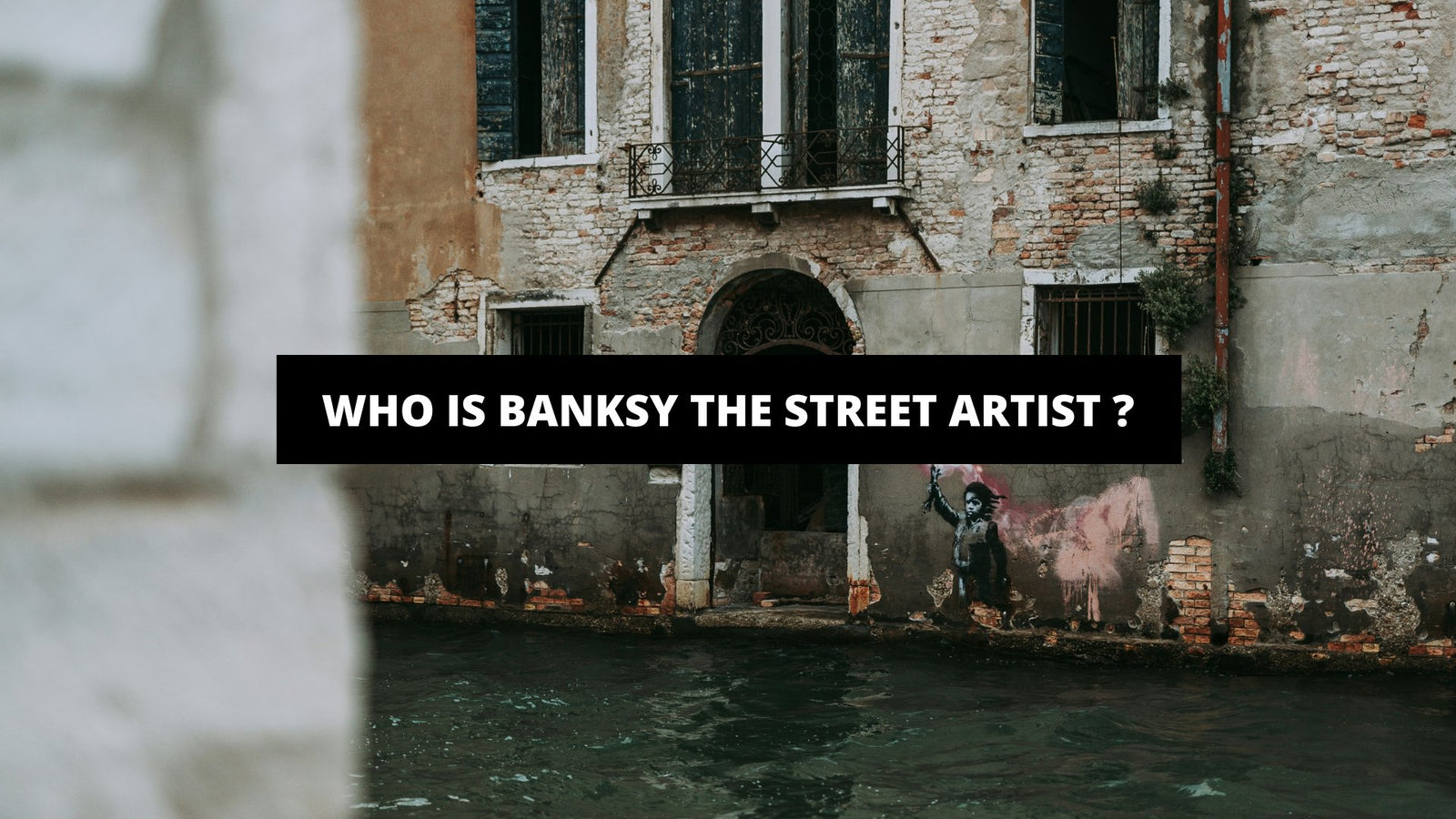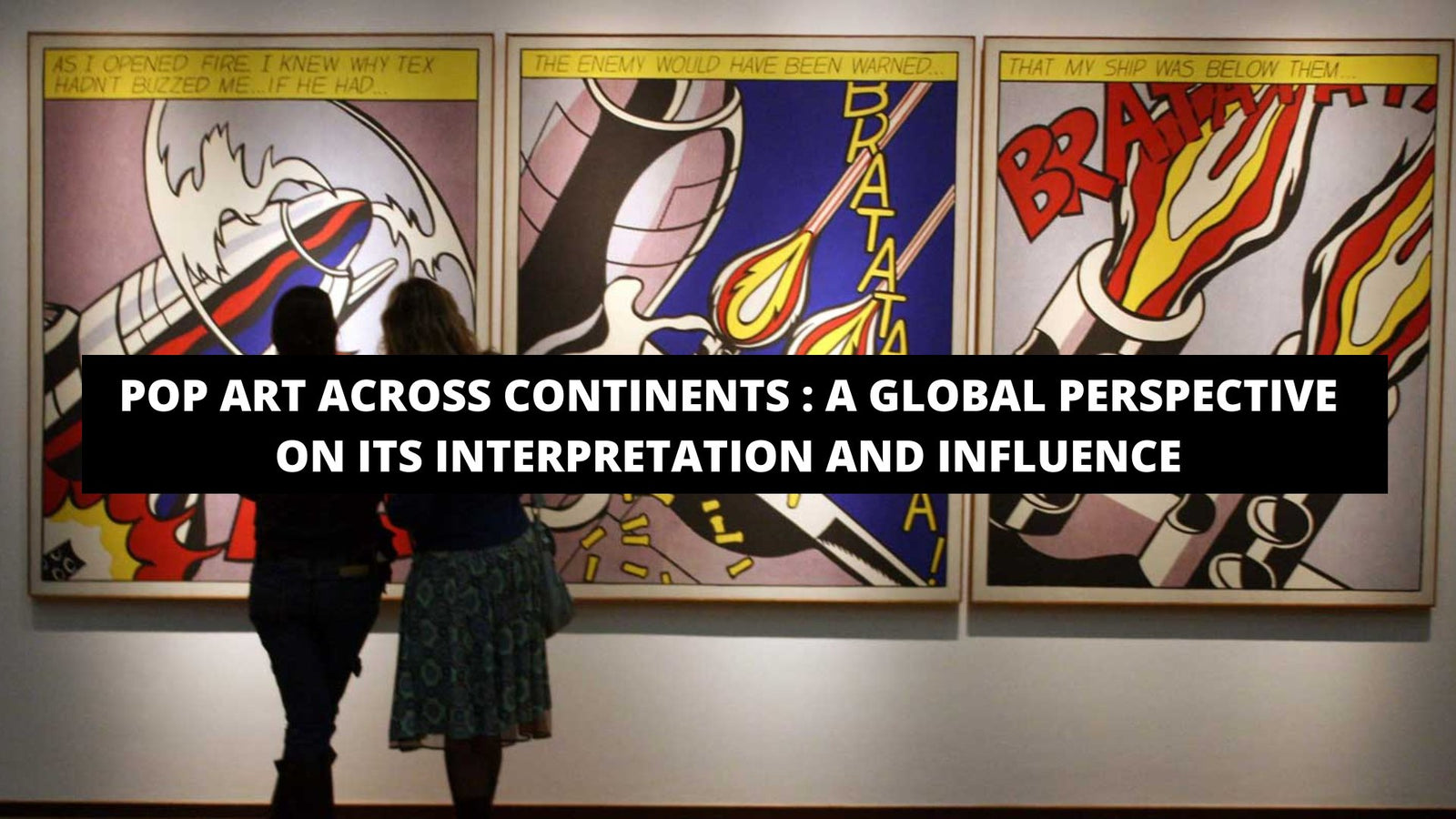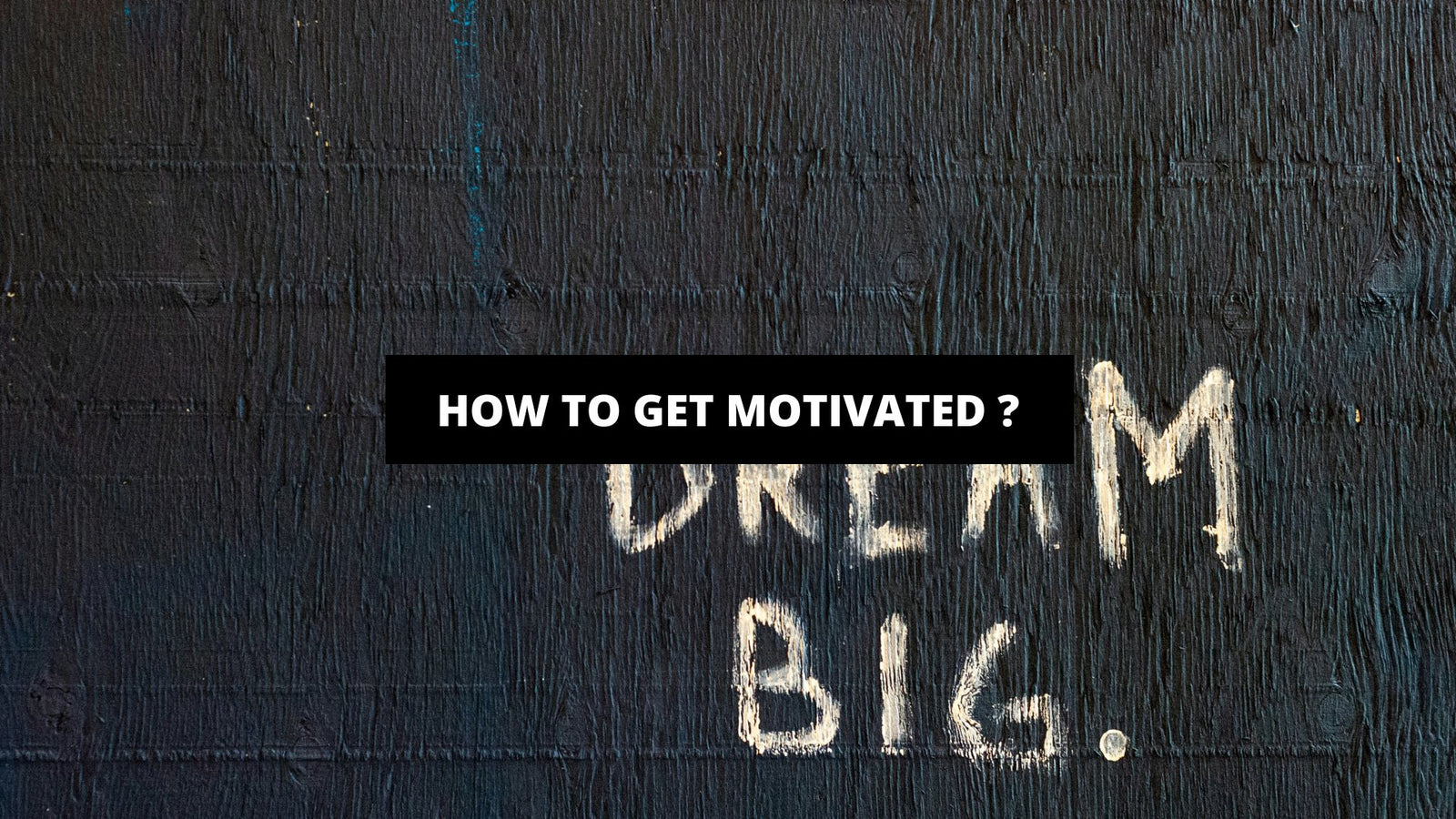Your Cart is Empty
🎁BUY 2, GET 1 FREE + FREE WORLDWIDE SHIPPING 🚚
🎁BUY 2, GET 1 FREE + FREE WORLDWIDE SHIPPING 🚚
Who Is Banksy The Artist ?
March 11, 2024 14 min read

Who is Banksy, the artist who has captivated the art world with his thought-provoking and politically-charged work? Examining the life, artistic style, mysterious identity, and impact of Banksy provides insight into the enigmatic artist behind the pseudonym. While the true identity of Banksy remains unknown, art enthusiasts and critics have speculated about possible identities and motivations. Banksy's unique artistic techniques, which blend street art and graffiti with political and social commentary, have had a significant impact on the global art scene. Despite controversies and legal issues surrounding his work, Banksy's influence and recognition continue to grow, making him one of the most intriguing and influential artists of our time.
Who is Banksy?
Unveiling the enigmatic persona behind the iconic street art, this section dives into the realm of Banksy. Delving into the depths of anonymity, we'll explore the early life and background of this elusive artist. Prepare to uncover the fascinating stories and influences that have shaped Banksy's distinctive style, giving rise to a global phenomenon that continues to captivate audiences worldwide.
Early Life and Background Of Banksy
Banksy, the elusive street artist known for his thought-provoking and politically-charged artworks, has managed to maintain anonymity despite his global fame. Here is a glimpse into his early life and background:
- Banksy, whose real identity remains unknown, was reportedly born in Bristol, England.
- Growing up in the 1980s, he became immersed in Bristol's underground graffiti scene, which greatly influenced his artistic development.
- Banksy honed his skills by practicing street art techniques such as stenciling, a method that allowed him to create intricate and detailed artworks quickly.
- During his early years, Banksy's creations often featured satirical and humorous themes, aimed at challenging societal norms and political issues.
- In the early 2000s, Banksy's art started gaining attention, primarily in Bristol and London. However, his influence quickly expanded globally, with his artworks appearing in various cities worldwide.
- Banksy's visually striking and controversial pieces frequently combined stenciled images with poignant messages, encouraging viewers to question authority and social constructs.
- His artworks tackled a wide range of subjects such as capitalism, consumerism, war, and inequality, resonating with a broad audience and igniting critical conversations.
- Although Banksy's primary focus is on public spaces, he has also explored other mediums, including sculptures and installations.
- Despite his growing fame, Banksy has managed to maintain anonymity by concealing his identity, often donning disguises in public and communicating through intermediaries.
- Banksy's enigmatic persona has fueled endless speculation and theories about his true identity, with various individuals and artists being speculated as potential candidates.
Understanding Banksy's early life and background provides valuable insight into the influences and experiences that shaped his artistic style. It offers a contextual basis for appreciating his thought-provoking artworks and understanding the social and political themes he continues to explore.
Artistic Style and Techniques
Discover the captivating world of Banksy's artistic style and techniques. From mesmerizing street art and graffiti to thought-provoking political and social commentary, each sub-section reveals a unique aspect of Banksy's artistry. Uncover the power of his imagery, the clever use of stencils, and the audacity behind his anonymous persona. Prepare to be inspired and challenged as we delve into the genius of Banksy's artistic expression.
Street Art and Graffiti
Street art and graffiti are powerful forms of artistic expression that have gained significant recognition and influence in the art world.
- Mediums: Street art and graffiti encompass various mediums, including spray paint, stencils, stickers, wheat-pasting, and even installations.
- Public spaces: One distinguishing feature of street art and graffiti is their presence in public spaces, such as buildings, walls, and streets.
- Urban landscapes: Street art and graffiti often transform urban landscapes, injecting vibrant colors, intricate designs, and thought-provoking messages.
- Rebellious nature: Historically, street art and graffiti emerged as acts of rebellion against societal norms and political systems.
- Political and social commentary: Many street artists utilize their work to express political and social ideas, shedding light on issues such as inequality, discrimination, and environmental concerns.
- Social impact: Street art and graffiti contribute to the cultural fabric of cities, sparking conversations, fostering a sense of community, and challenging mainstream art institutions.
- Challenges and legality: Despite its increasing popularity, street art and graffiti face challenges due to their often illegal nature. Artists navigate a fine line between creative expression and vandalism.
In 2013, renowned street artist Banksy held an unauthorized art sale in New York City's Central Park, where he sold original artworks for only $60 each. Unbeknownst to buyers, the artworks were worth hundreds of thousands of dollars. This social experiment demonstrated the paradoxical nature of the art market and challenged the value attributed to street art and graffiti. The event garnered significant attention and sparked discussions about the commodification of art and the blurred lines between street art and traditional forms of art.
Political and Social Commentary
Political and social commentary are integral aspects of Banksy's artwork. By employing his unique artistic style and techniques, Banksy effectively utilizes street art and graffiti as powerful means to convey thought-provoking messages.
The focus of Banksy's political and social commentary encompasses a wide range of global issues, such as capitalism, consumerism, war, and inequality. Through the use of satirical images and provocative slogans, he skillfully depicts these themes, challenging societal norms and conventions. Prompting conversations and raising awareness about pressing social and political matters is the ultimate goal of Banksy's art.
An example that illustrates Banksy's political commentary is his renowned artwork titled "Balloon Girl." This piece portrays a young girl reaching out for a heart-shaped balloon, symbolizing innocence and hope. However, the slipping balloon represents the fragility of these ideals within a complex and troubled world. The artwork successfully captures the transient nature of love, dreams, and aspirations, resonating with audiences and compelling them to ponder the impermanence of human desires.
Similarly, with his artwork, Banksy frequently critiques political leaders and institutions. A prominent example is his mural depicting a chimpanzee as a member of the British Parliament, aptly named "Devolved Parliament." This piece showcases the artist's skepticism towards political power and the decision-making process. Through his satirical approach, Banksy provokes viewers to question the effectiveness and integrity of political systems.
Banksy's art is a compelling challenge to the status quo, urging viewers to engage critically with the prevalent societal issues. His political and social commentary serves as a constant reminder that art can be an influential tool for expressing dissent and spurring positive change. By utilizing street art and graffiti as mediums, Banksy ensures a broader reach and encourages engagement with audiences from diverse backgrounds. Through his thought-provoking work, Banksy fosters awareness and inspires individuals to critically examine the world around them, solidifying his position as a prominent figure in contemporary art and the realm of political and social commentary.
Mysterious Identity
Unraveling the enigma surrounding Banksy, we delve into the mysterious identity behind this elusive artist. Through a whirlwind of speculations, theories, and possible identities, we embark on a journey to shed light on the veiled persona concealed within the captivating artwork. Brace yourself for a riveting exploration into the world of Banksy, where secrets and revelations intertwine to unlock the truth behind the enigmatic artist.
Speculations and Theories
Speculations and theories have swirled for years around the mysterious identity of Banksy. The anonymity and enigma shrouding the artist have only served to increase curiosity and speculation among art enthusiasts, critics, and the general public. While Banksy has successfully kept their identity concealed, numerous theories have arisen over time.
One prevalent theory suggests that Banksy is not an individual, but rather a collective of artists. Advocates of this theory argue that the sheer volume and complexity of Banksy's work could not be accomplished by a single person alone. Instead, they believe that a group of artists collaborate to produce the iconic artworks bearing the distinctive Banksy signature.
Another theory proposes that Banksy is a highly successful and renowned artist who operates under a different name in the contemporary art world. According to this speculation, Banksy's anonymous persona enables them to differentiate their subversive street art from their mainstream art career, maintaining a distinct identity in both domains.
Some theories even suggest that Banksy might be a political figure or a celebrity operating incognito. It is believed that the secrecy encompassing Banksy's identity enables them to freely express their political and social commentary without the fear of facing retribution or backlash.
It is important to note that these theories are mere conjectures, as Banksy has never officially confirmed or denied any of them. The deliberate anonymity of the artist adds to the intrigue and allure of their work, leaving fans and critics endlessly speculating about the true identity behind the elusive pseudonym.
The speculations and theories surrounding Banksy's identity continue to captivate the imagination of art enthusiasts worldwide. While we may never ascertain the true identity of Banksy, their impact on the art world and popular culture is undeniable. The mystique surrounding their persona only heightens the allure of their subversive and thought-provoking artworks.
Historically, anonymous artists have always fascinated and intrigued audiences, with Banksy's anonymity adding an extra layer of intrigue in the digital age. It is this unknown factor that perpetuates interest in Banksy's art and the desire to comprehend the individual behind the iconic artworks. As time passes, new theories are likely to emerge, ensuring that the enigma of Banksy's identity remains an ongoing subject of speculation and fascination.
Possible Identities
| Possible Identities |
| 1. Robert Del Naja |
| 2. Robin Gunningham |
| 3. Jamie Hewlett |
| 4. Banksy Collective |
| 5. Peter Dean Rickards |
1. Robert Del Naja: There has been speculation that Robert Del Naja, a musician and graffiti artist from the band Massive Attack, may be Banksy. This theory is supported by the fact that Banksy's artwork has appeared in cities where Massive Attack has performed. Del Naja has denied being Banksy.
2. Robin Gunningham: Another possible identity is Robin Gunningham, who was identified as Banksy by investigative journalist Craig Williams in 2008. Williams claimed to have uncovered evidence linking Gunningham to Banksy's artwork, including interviews with people who knew him.
3. Jamie Hewlett: Jamie Hewlett, the co-creator of the band Gorillaz, has also been suggested as a potential identity for Banksy. Some people believe that Banksy's artistic style is similar to Hewlett's and that they share a sense of humor and satire in their work.
4. Banksy Collective: It is also possible that Banksy is not an individual but a collective of artists working together anonymously. This theory suggests that different artworks attributed to Banksy may have been created by different members of this collective.
5. Peter Dean Rickards: There have been claims that the late photographer and artist Peter Dean Rickards, known for his documentation of Jamaican street culture, could be Banksy. There is no concrete evidence to support this theory.
It is important to note that Banksy's true identity remains unknown and speculative. These are just some of the theories and possible identities that have been suggested over the years. Banksy's anonymity has played a significant role in creating intrigue and adding to the mystery surrounding the artist.
Impact and Influence
Banksy's impact and influence in the art world cannot be overstated. From gaining global recognition for his thought-provoking pieces to making waves in the art market and auctions, this section uncovers the depth and significance of his contributions. With a finger on the pulse of contemporary culture, Banksy's work has stirred up conversations and challenged societal norms. Join us as we explore the lasting impact of this elusive artist and the transformative power of his art.
Global Recognition
Global recognition is one of the key aspects that has propelled Banksy to become one of the most famous and influential artists of our time. Here are some important points to consider regarding Banksy's global recognition:
- Banksy's anonymity has only heightened his global recognition. By choosing to remain anonymous, Banksy has cultivated an air of mystery and intrigue around his identity, making people even more curious about his work.
- Banksy's street art has garnered widespread acclaim and recognition across the globe. His distinctive stencil-based style and thought-provoking messages have resonated with audiences from various cultures and backgrounds.
- The global reach of Banksy's art is evidenced by the fact that his works can be found in cities across the world, from London and Berlin to New York and Tokyo. His art has transcended geographical boundaries and has become a symbol of rebellion and social commentary.
- Banksy's art is often shared widely on social media platforms, further contributing to his global recognition. People from all corners of the world can engage with his art and share it with others, leading to a broader awareness and appreciation of his work.
- The documentary film "Exit Through the Gift Shop" also played a significant role in increasing Banksy's global recognition. The film provided a glimpse into Banksy's world and showcased his art to an even wider audience.
Banksy's global recognition can be attributed to his anonymity, his distinctive style and messages, the widespread presence of his art, the power of social media, and the impact of "Exit Through the Gift Shop." His ability to resonate with people from different cultures and spark conversations about important social issues has solidified his place as a true global art phenomenon.
If you want to explore more about Banksy's global recognition, you can visit galleries and exhibitions dedicated to his work, follow him on social media platforms, or engage in discussions and debates surrounding his art. Banksy's global recognition is a testament to the power of art to transcend boundaries and provoke meaningful conversations.
Art Market and Auctions
- The rise in value: Banksy's artwork has experienced a significant increase in value over the years in the art market and auctions. His unique style and controversial themes have attracted a large following, leading to high demand for his pieces. As a result, the art market for Banksy's work has seen a boost in both prices and popularity.
- Auction records: Banksy holds various auction records in the art market and auctions, with some of his pieces fetching astronomical prices. For example, his painting "Devolved Parliament" sold for over £12 million at an auction in 2019, setting a new record for the artist. This demonstrates the strong demand for Banksy's work in the art market and auctions.
- Limited edition prints: Banksy's prints play a significant role in the art market and auctions. These prints, often released in limited quantities, generate substantial interest among collectors. Banksy's prints have been known to sell out quickly in the art market and auctions, and their value can increase significantly over time, making them a popular investment option for art enthusiasts.
- Authentication concerns: Due to the elusive nature of Banksy's identity, there have been cases of counterfeit artwork appearing in the art market and auctions. Authentication of Banksy's pieces can be a complex process, and buyers should exercise caution when purchasing from secondary markets in the art market and auctions. Consulting reputable experts and galleries can help ensure the authenticity of the artwork.
- Increasing institutional recognition: Banksy's artwork has not only gained popularity in the commercial art market and auctions but also in the institutional art world. Major museums and galleries now showcase Banksy's work, further cementing his status as a significant figure in contemporary art in the art market and auctions. This institutional recognition has a positive impact on the artist's market value and long-term prospects.
Considering these factors is essential for both collectors and investors interested in Banksy's artwork in the art market and auctions. The art market and auctions play a crucial role in determining the value, demand, and legitimacy of Banksy's pieces, making it an exciting and ever-evolving landscape for art enthusiasts worldwide.
Controversies
Controversies surround the enigmatic artist Banksy, plunging the art world into heated debates and legal battles. From the legal issues that have emerged around Banksy's anonymous identity to the intense criticism and ongoing debates about the legitimacy and meaning of his work, this section delves into the uproar surrounding the elusive artist. Brace yourself for a rollercoaster of controversy and skepticism as we explore the intriguing world of Banksy's controversies.
Legal Issues
When it comes to Banksy, the renowned street artist and social commentator, legal issues have always played a significant role in his career. Here are some noteworthy legal issues associated with Banksy:
1. Copyright Infringement: One of the main concerns for Banksy is the issue of copyright infringement. Many of his street murals, which were originally created as artworks, have been taken down and sold without his consent. This has sparked debates over the ownership and rights to these pieces. Banksy's anonymous identity also adds complexity to legal proceedings regarding copyright matters.
2. Unauthorized Use: Banksy's work is frequently reproduced and utilized without permission, appearing on various merchandise such as posters, clothing, and accessories. This unauthorized use raises legal questions regarding intellectual property rights and the commercial exploitation of his art.
3. Vandalism and Property Damage: While some people appreciate Banksy's street art as a form of cultural expression, others view it as acts of vandalism and property damage. Legal consequences may arise when murals are created without the property owner's consent or when public spaces are defaced.
4. Illegal Street Art: Banksy's works are often created illicitly on public property, which raises concerns about trespassing and vandalism laws. In some cases, authorities have removed or painted over his murals, considering them to be illegal graffiti.
5. Art Authentication: The authentication of Banksy's artwork becomes challenging due to his anonymity. Because his true identity is kept secret, it can be difficult to verify the authenticity of his pieces. This has led to legal disputes over their ownership and value.
One true story that perfectly exemplifies the legal issues faced by Banksy involves the sale of his artwork at an auction. In 2018, one of his pieces, titled "Girl with a Balloon," was sold at Sotheby's for a staggering £1 million. However, moments after the auction, the artwork self-destructed through a hidden shredder secretly installed by Banksy himself. This incident raised legal questions regarding the sale, as the unexpected alteration of the artwork significantly affected its value and authenticity.
Legal issues connected to copyright, unauthorized use, vandalism, property damage, and art authentication have all emerged in relation to Banksy's work. These legal challenges highlight the intricate nature of his art and the ongoing debates surrounding it.
Criticism and Debate
When it comes to Banksy, the artist's work sparks both criticism and debate. People have different opinions and interpretations of his art, leading to lively discussions and controversies. Here are some key points to consider:
- Controversial messages: Banksy's artworks often contain politically and socially charged messages, sparking both criticism and debate. Some people appreciate his ability to shed light on important issues, while others argue that his art can be too provocative or offensive.
- Illegal activities: Critics argue that Banksy's work is often created without permission on public or private property, making it vandalism rather than art. The debate revolves around whether this constitutes a valid artistic expression or a violation of the law.
- Authenticity: Since Banksy's identity remains a mystery, some skeptics question the authenticity of his work. Speculation about the true identity of Banksy has ignited debates regarding the credibility and legitimacy of his art.
- Commercialism: Despite his anti-establishment and anti-capitalist messages, Banksy's works have gained significant commercial value. This has prompted debates about whether he has compromised his artistic integrity by allowing his art to be bought and sold in galleries and auctions.
- Elitism and accessibility: Critics argue that Banksy's popularity has made his art exclusive and unattainable for the average person, contributing to criticism and debate. Others contend that his public art installations democratize art and make it accessible to all.
Pro-tip: Engage in respectful and open-minded discussions about Banksy's art to gain a deeper understanding of his impact and influence. Explore different viewpoints and consider the historical, cultural, and social context in which his art is created.
Frequently Asked Questions
Who is Banksy the artist?
Banksy is a controversial street artist known for his political statements and disruptive vision. Despite over 30 years in the graffiti scene, his true identity remains unknown.
Where did Banksy start his graffiti career?
Banksy began his career in the Bristol underground scene in the 1990s. He started by spraying his tag across the city and eventually developed his own style influenced by famous graffiti artist Blek Le Rat.
What is Banksy's famous artwork?
Banksy's iconic works include "The Mild Mild West," a large-scale mural in Bristol depicting a teddy bear throwing a Molotov cocktail at three riot police. He is also known for stenciling images on the West Bank Wall in Palestine.
How does Banksy maintain anonymity?
Banksy maintains his anonymity through careful planning and a trusted inner circle. He refuses to be interviewed and uses social media, specifically his official Instagram page, to claim his artworks.
What are some credible theories about Banksy's identity?
One prominent theory suggests that Banksy is a man named Robin Gunningham, born in 1973 near Bristol. Former schoolmates believe he is Banksy, and an image of Gunningham with spray cans and stencils in Jamaica fueled speculation.
What are some notable accomplishments of Banksy?
Banksy's artwork has inspired both amateur and professional artists, leading to the "Banksy Effect." He had a month-long residency in New York in 2013, where he unveiled a new piece of work every day. He also opened the Dismaland Bemusement Park in Weston-super-Mare in 2017, featuring working rides and his artworks.
Also in Art Blog

Pop Art Across Continents: A Global Perspective On Its Interpretation And Influence
April 15, 2024 13 min read
Read More

